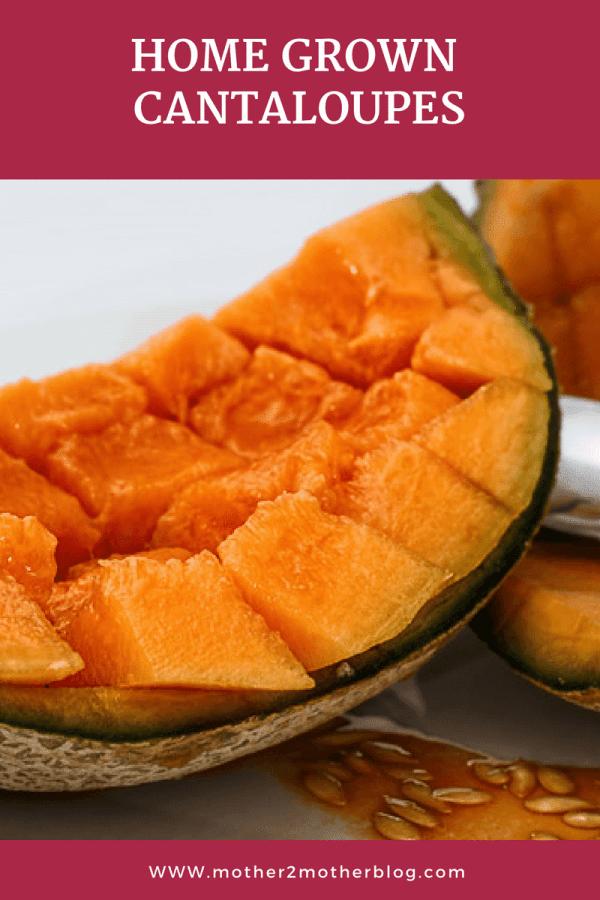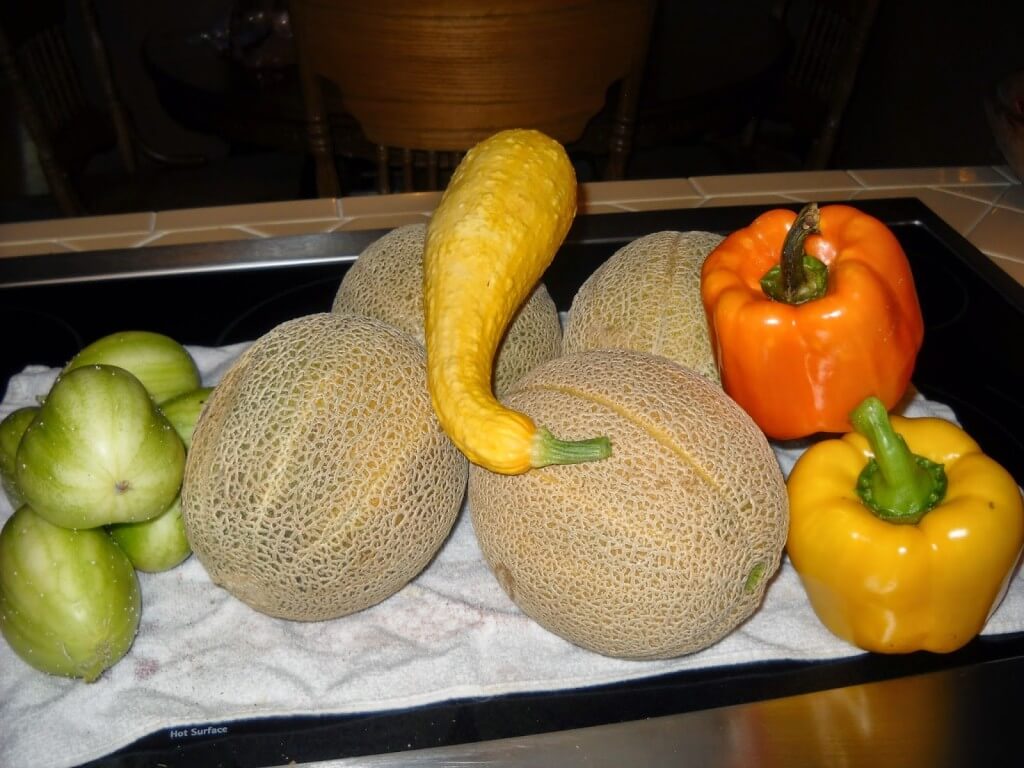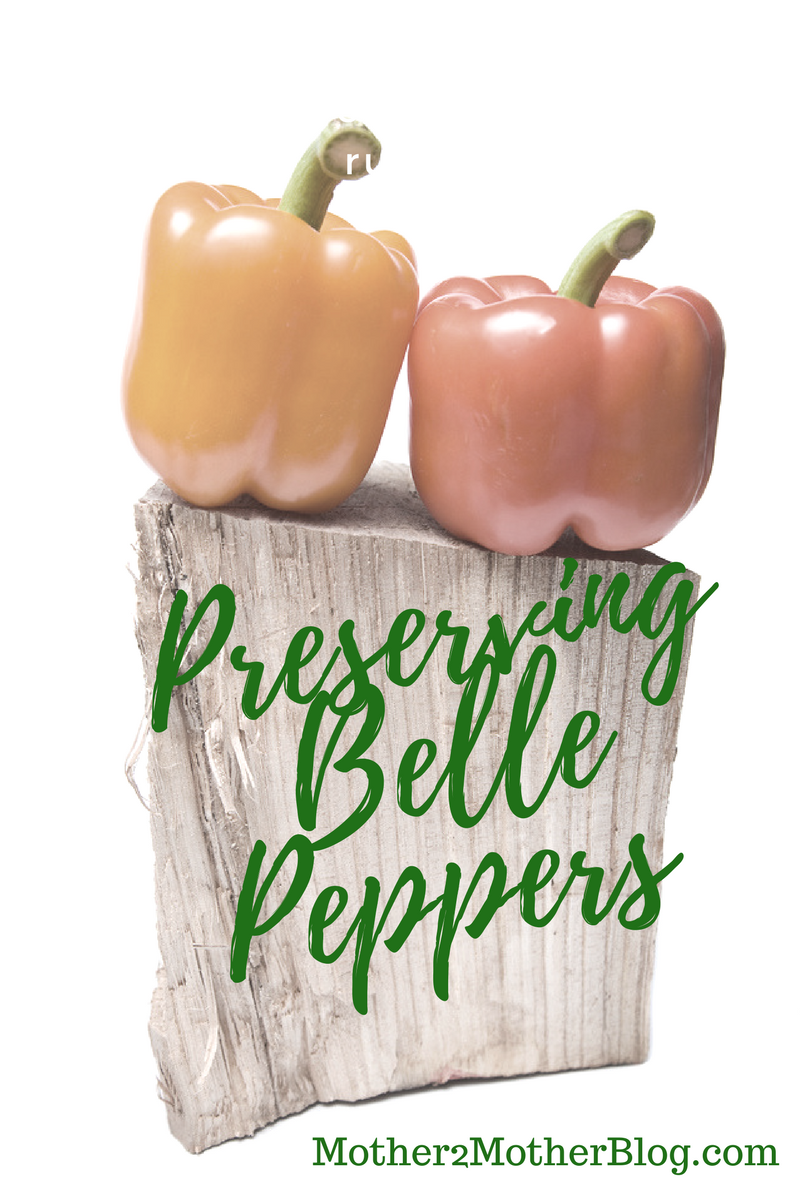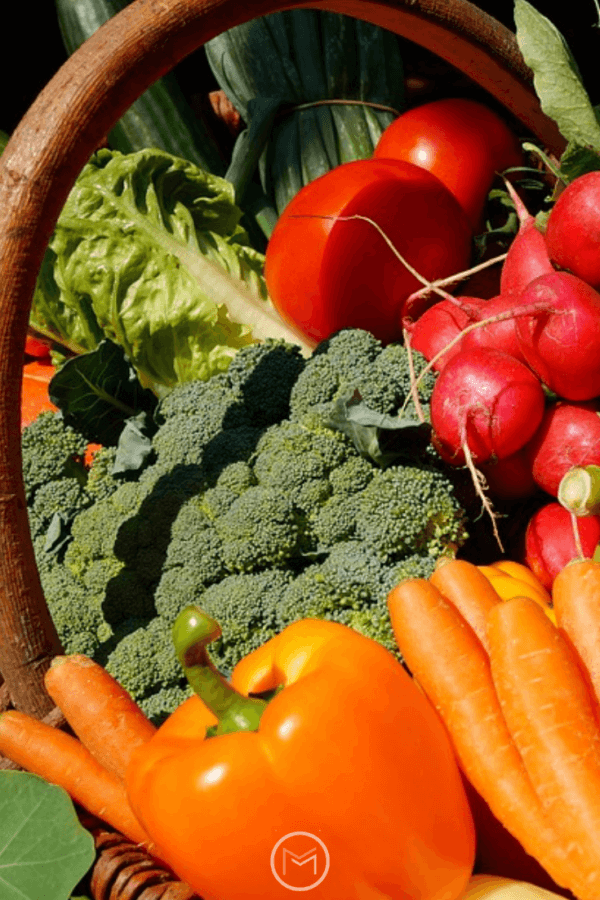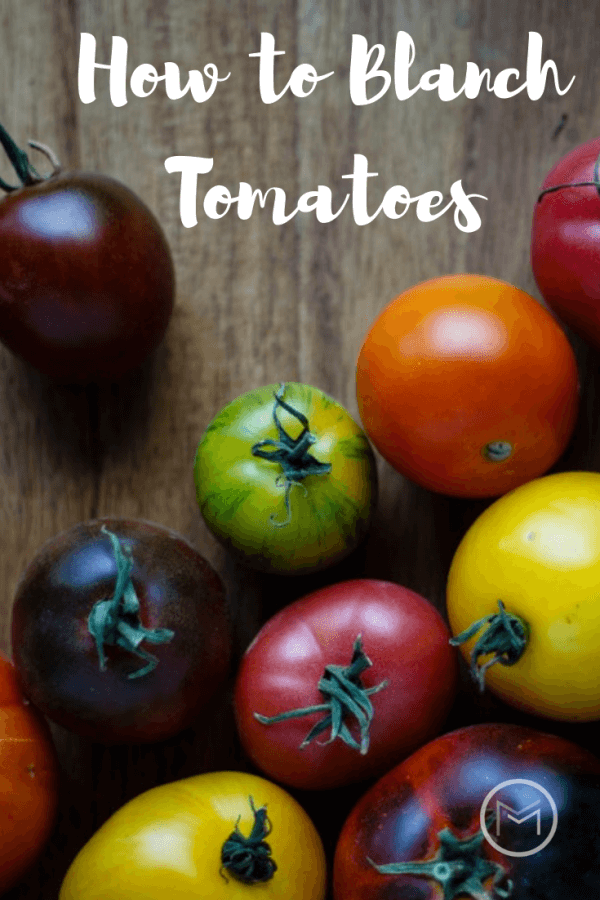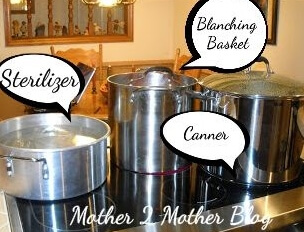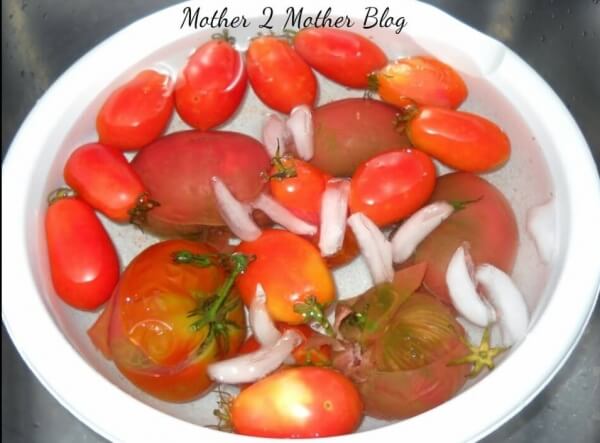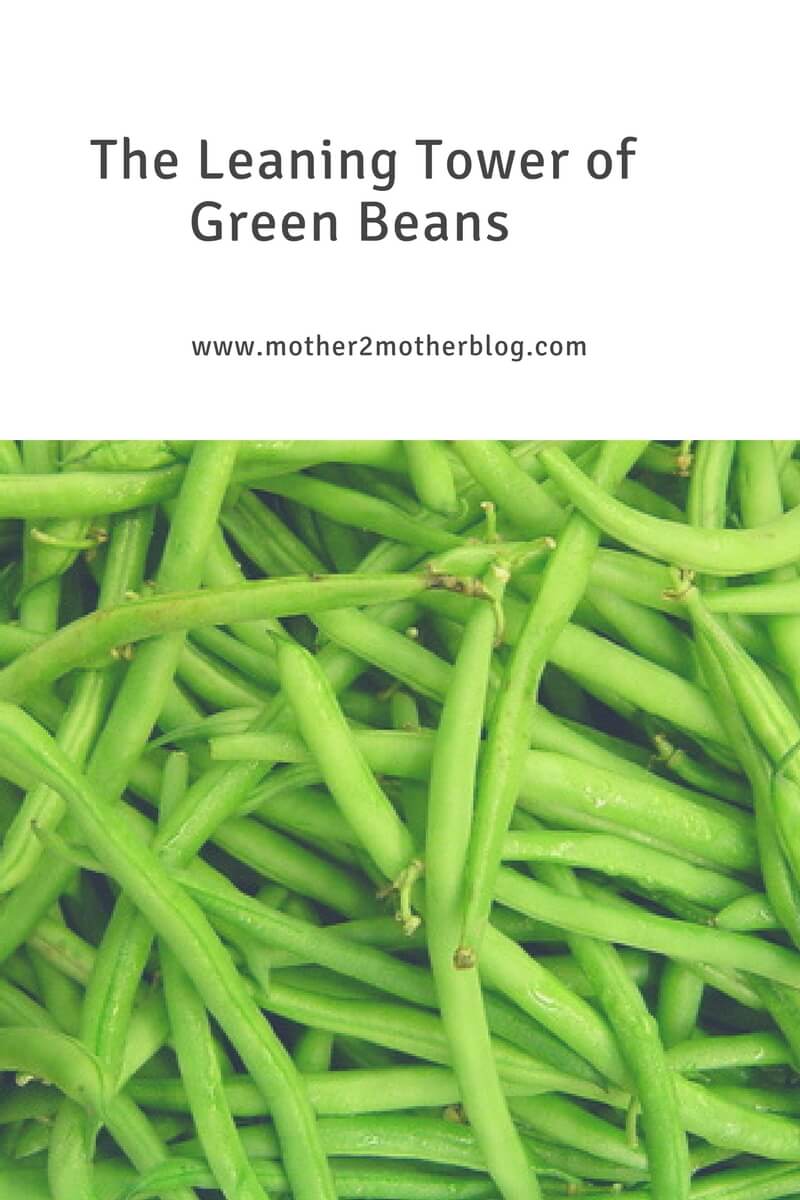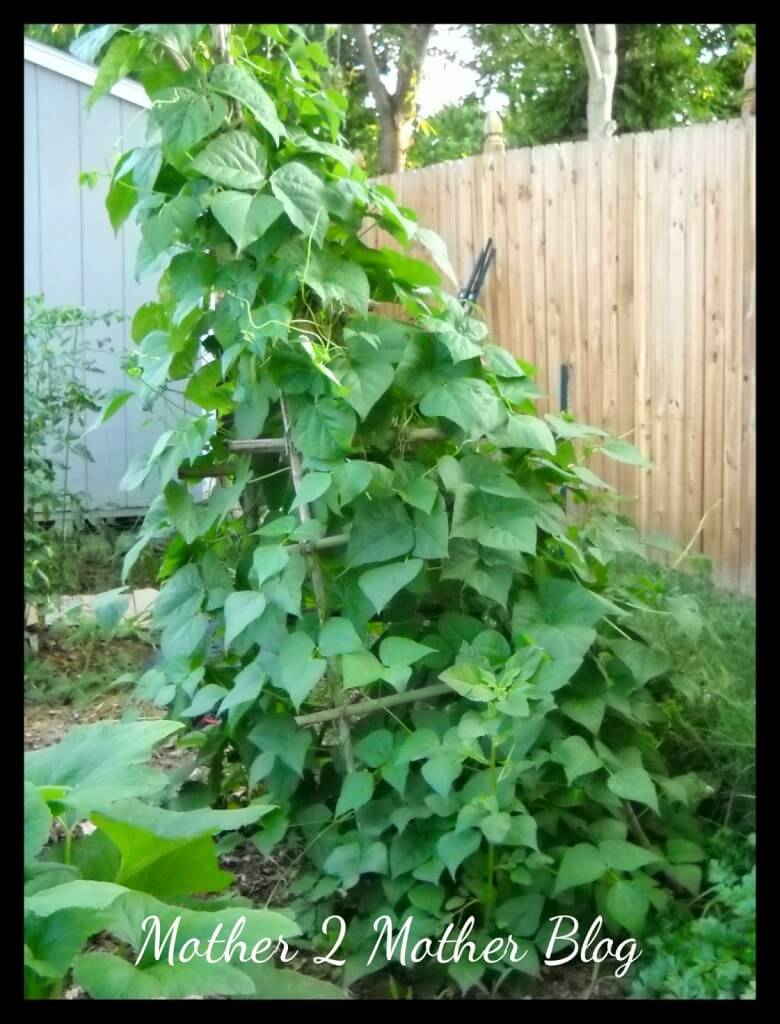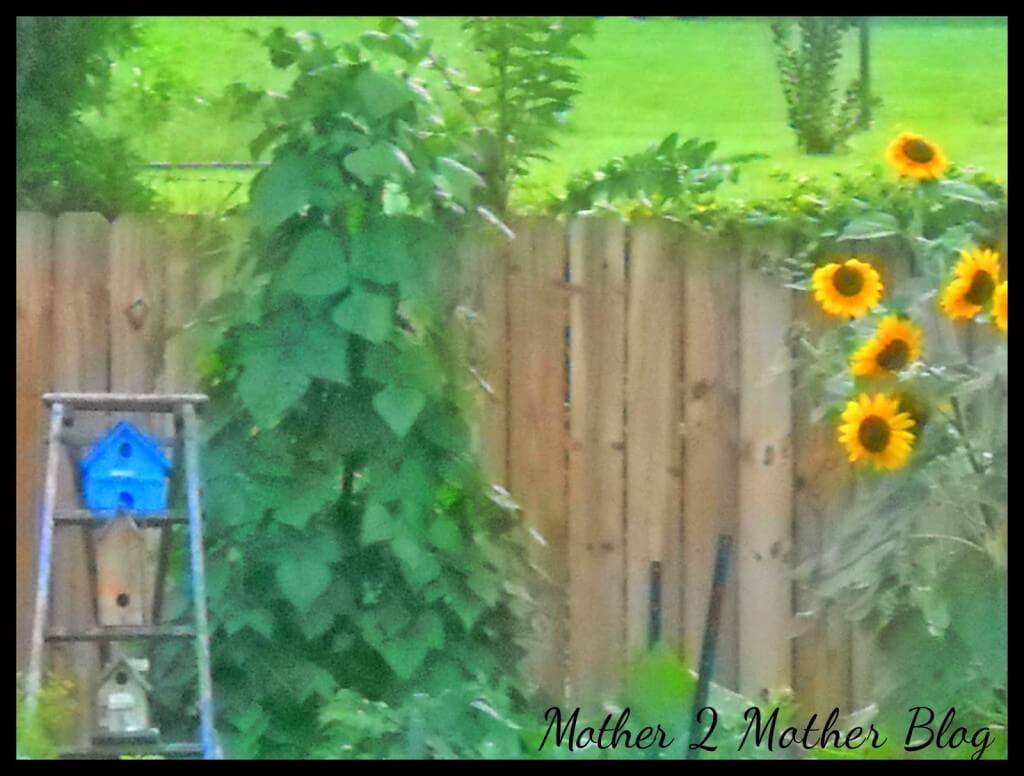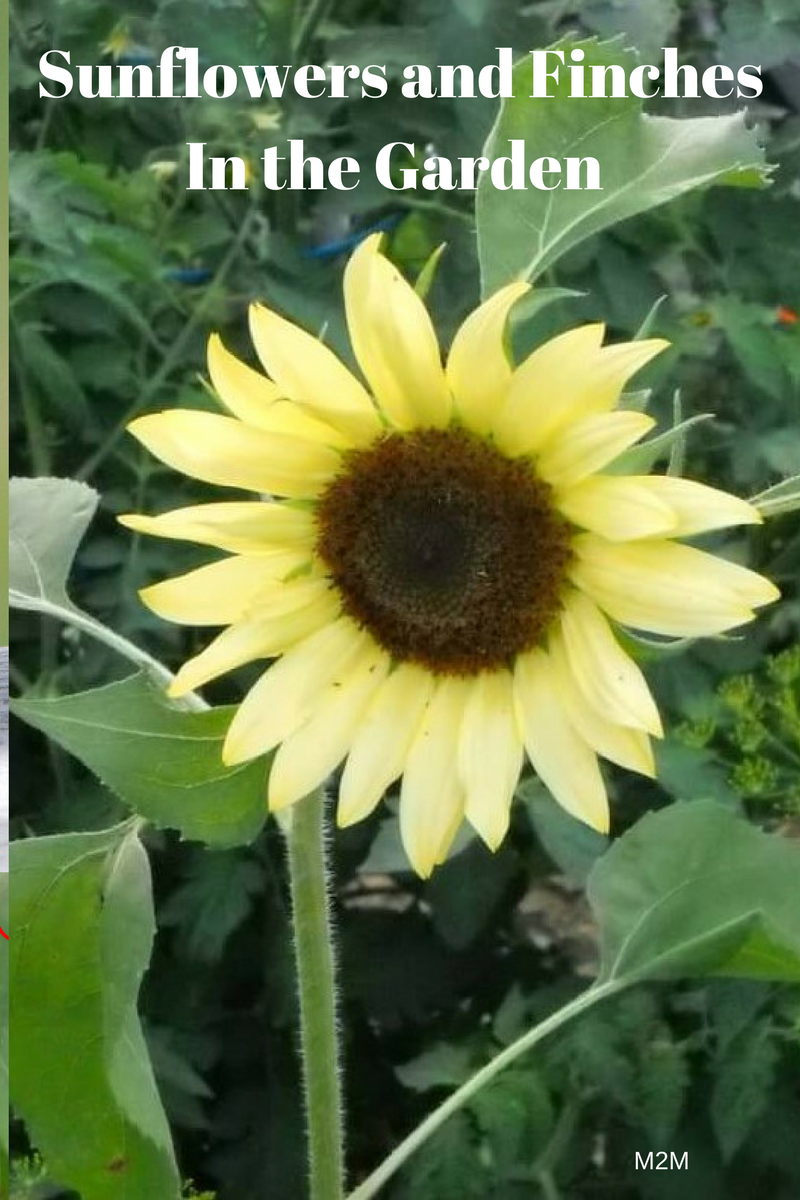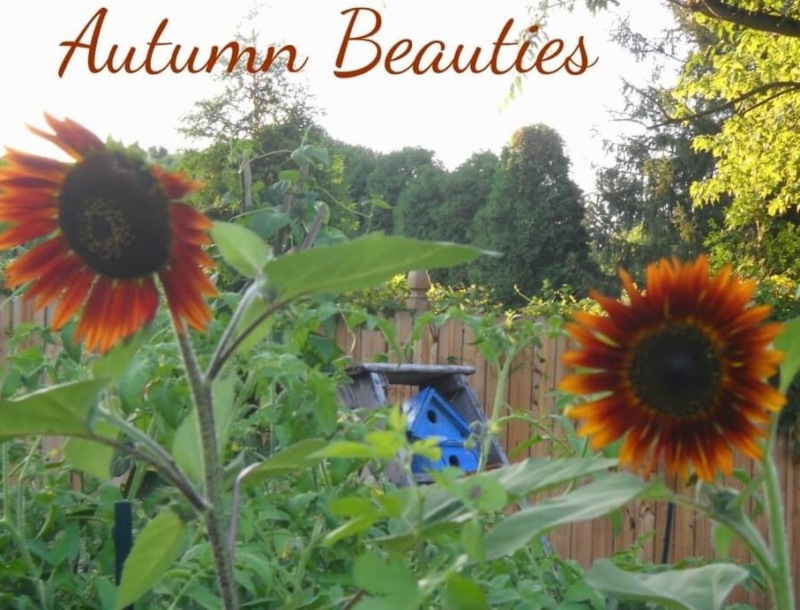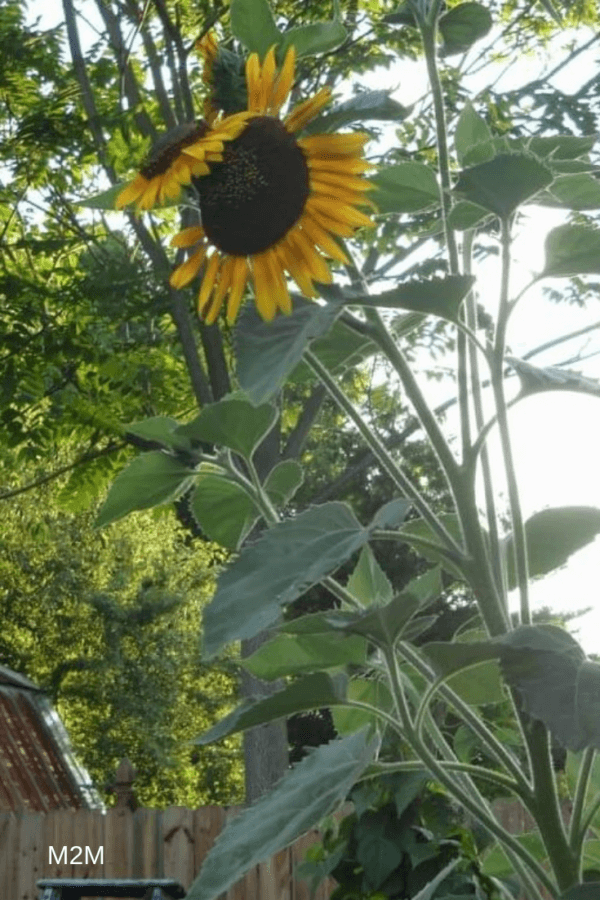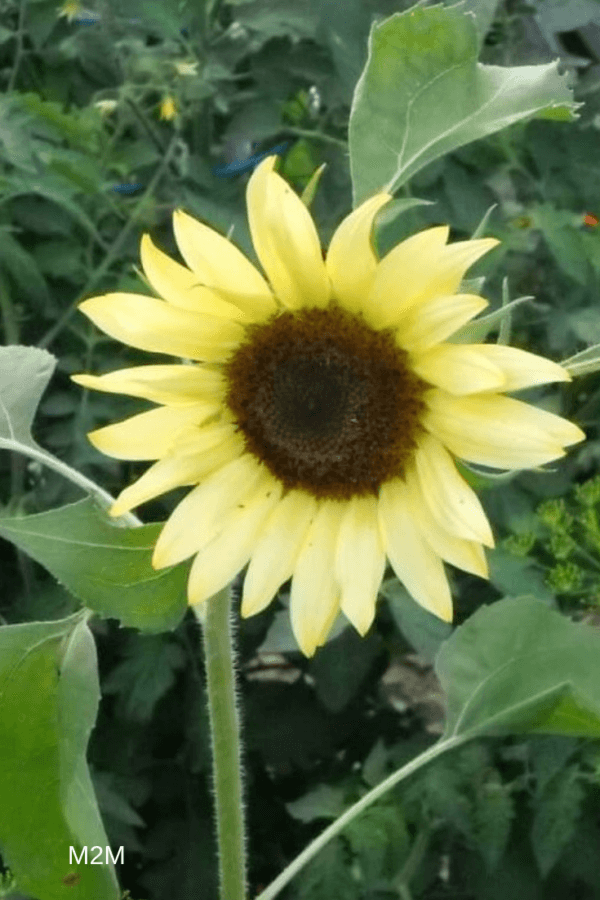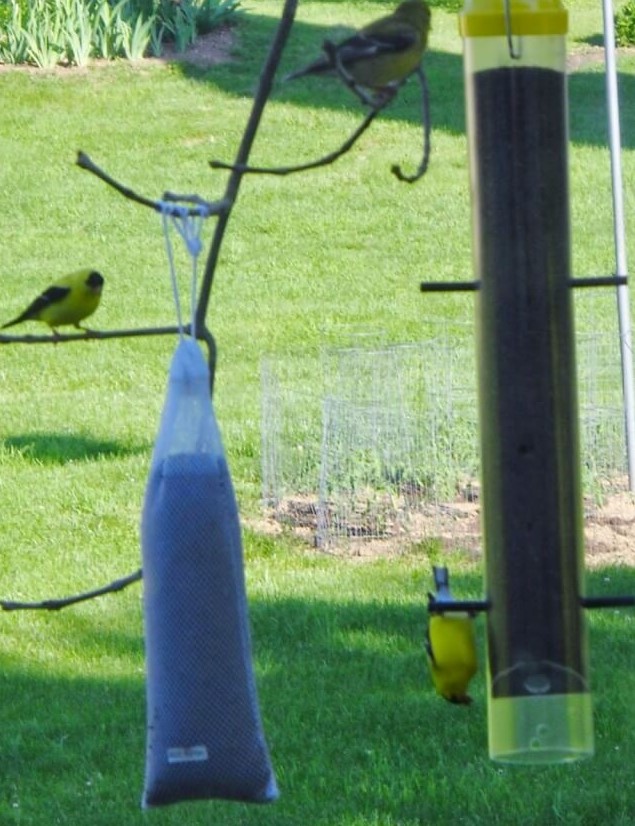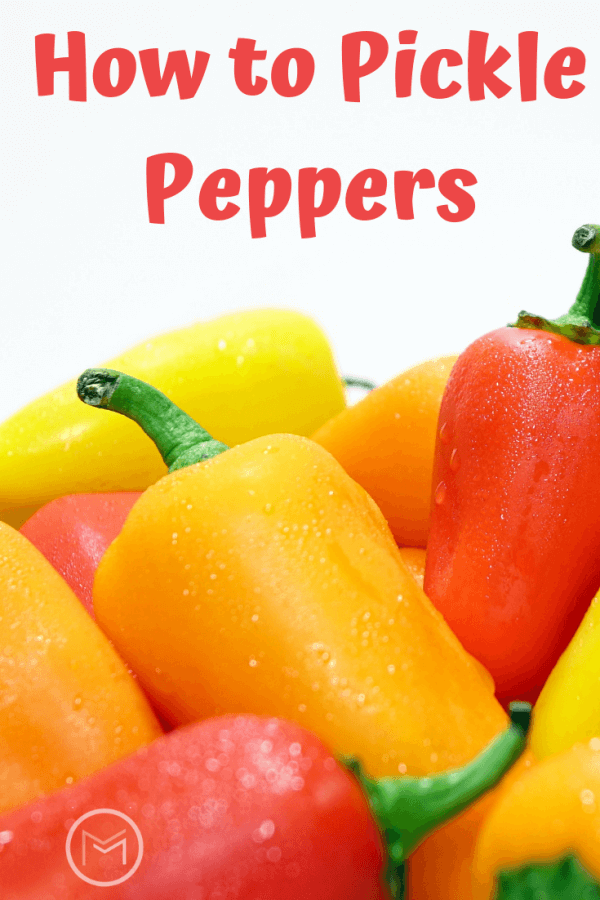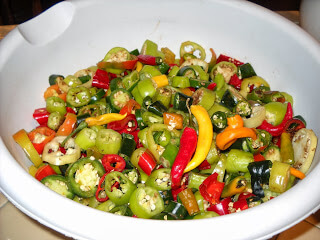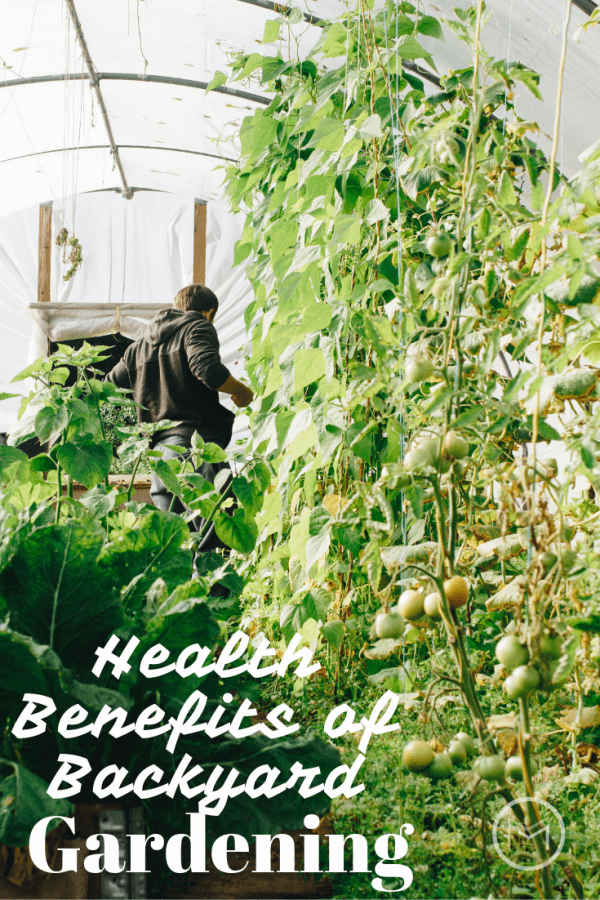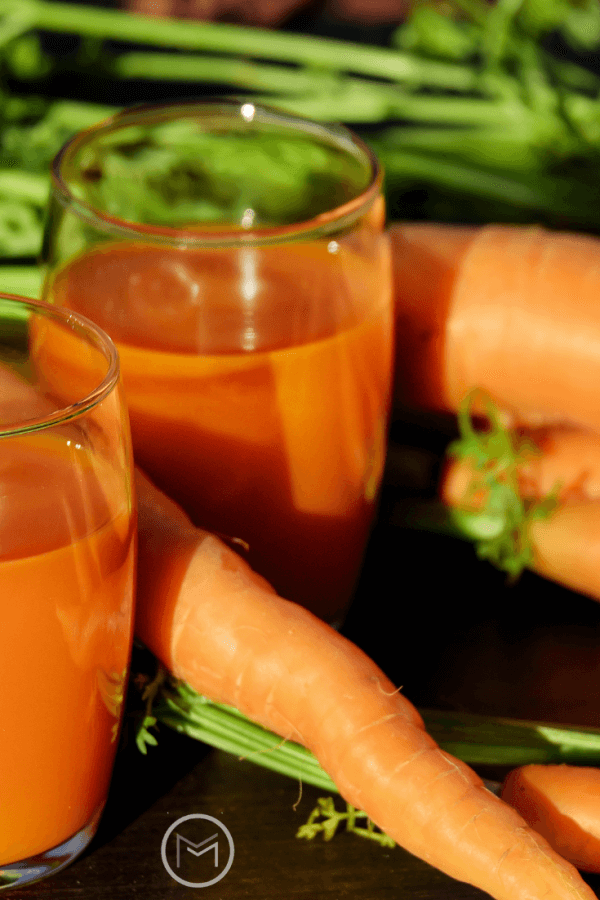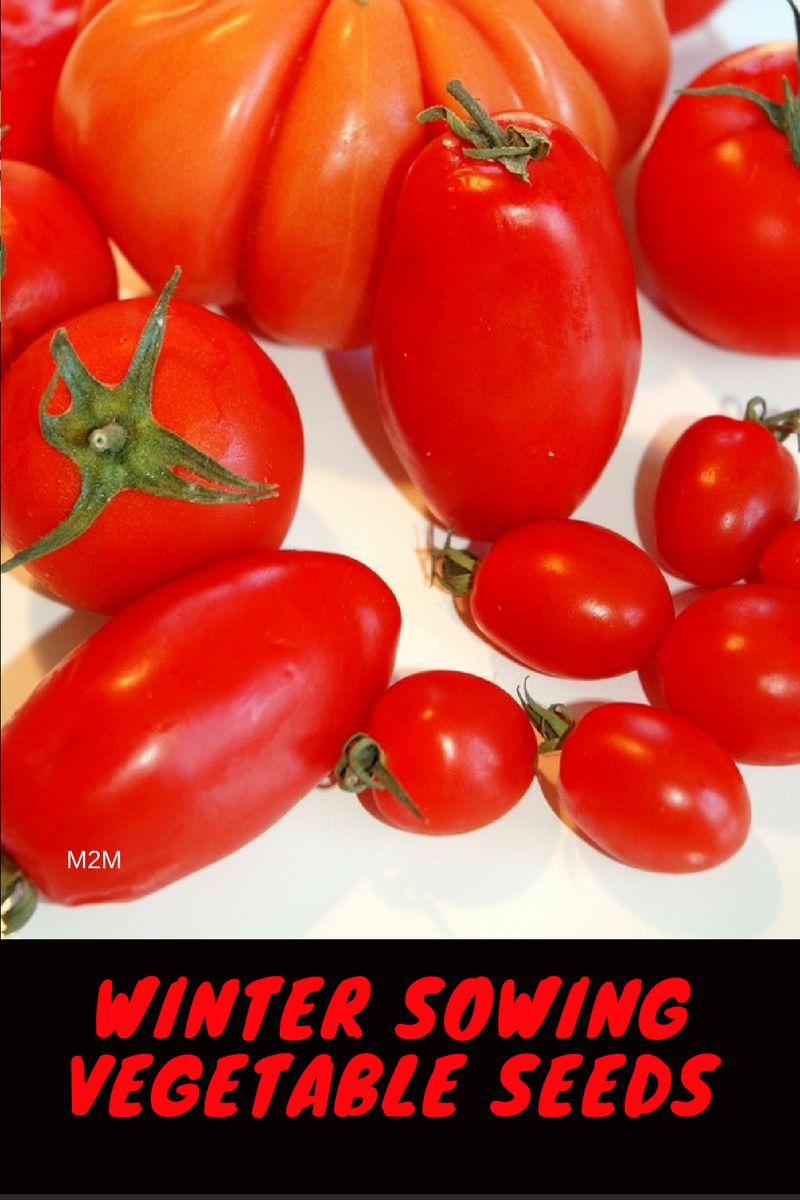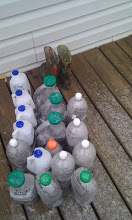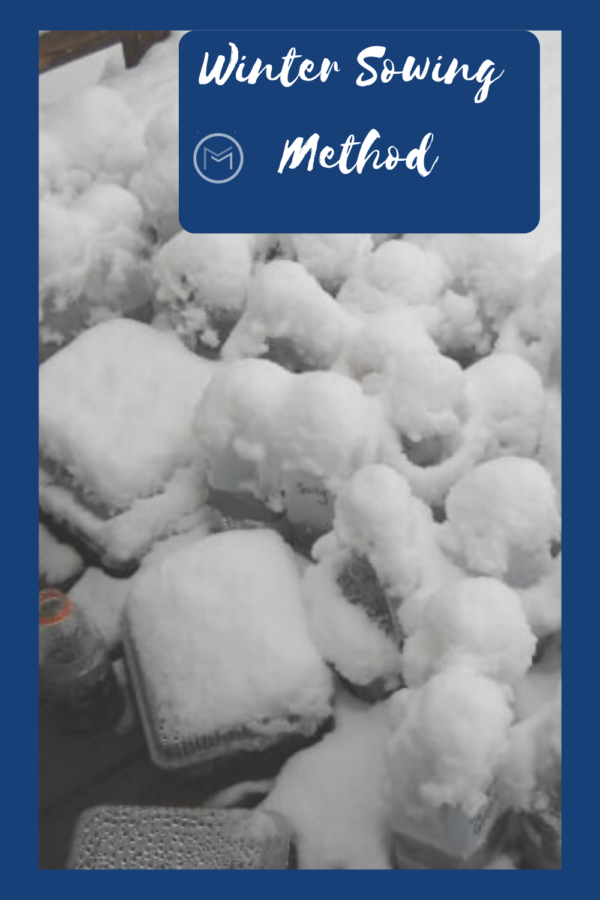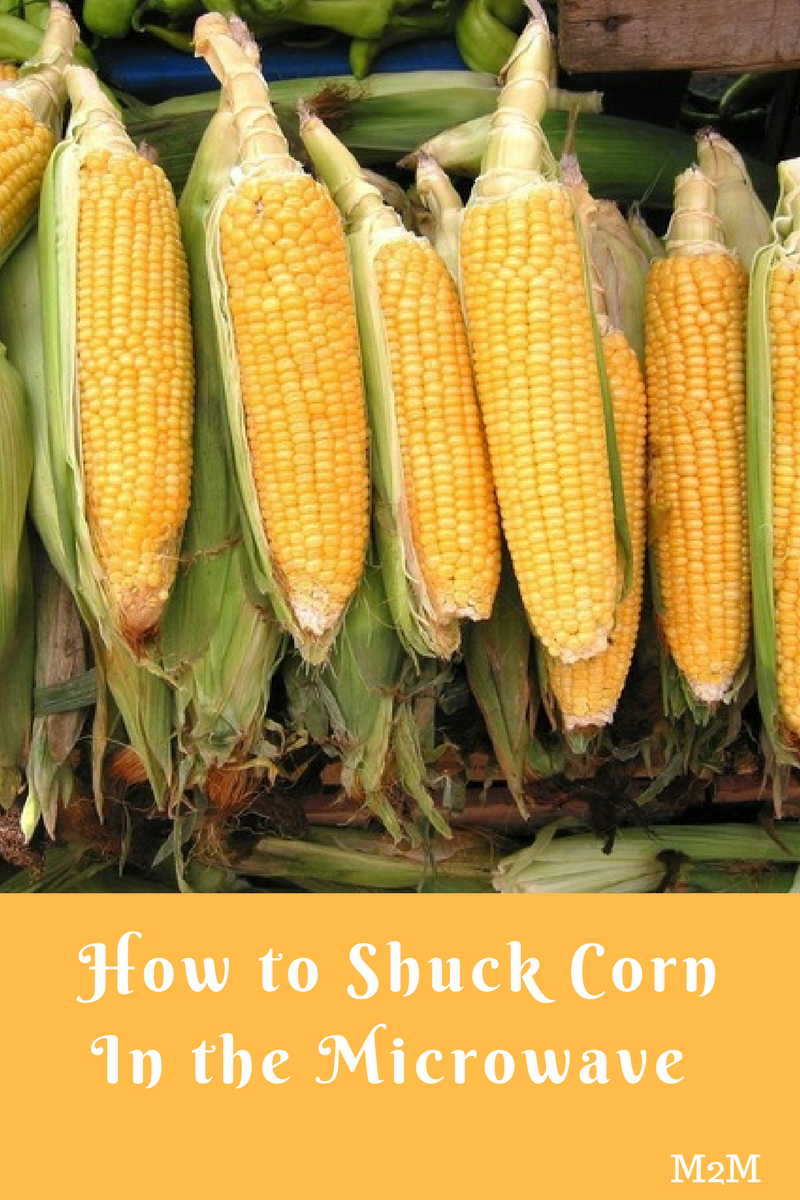
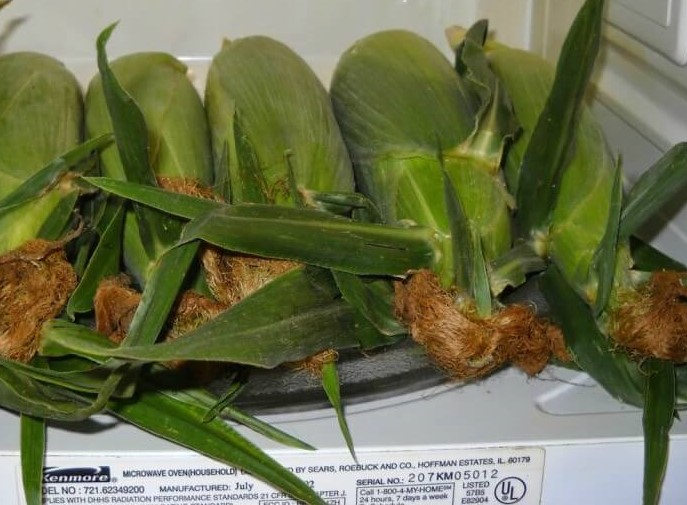
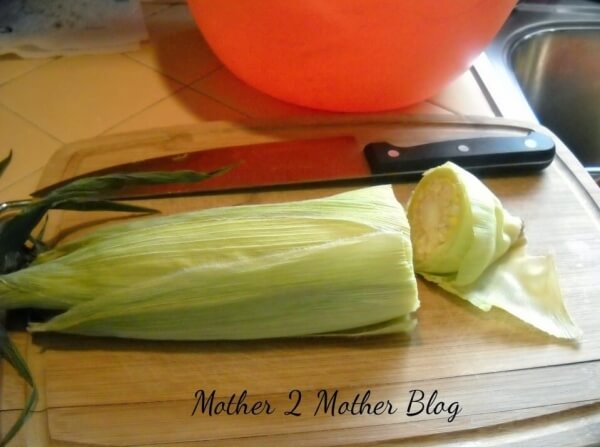
Step 3 – Remove the ears from the microwave carefully. They will be hot. Cut the stalk end about 2 inches from the end of the corn with a chef’s knife or whatever large, sharp knife you have on hand. You’ll lose a few rolls of corn, but it’s a time saver.
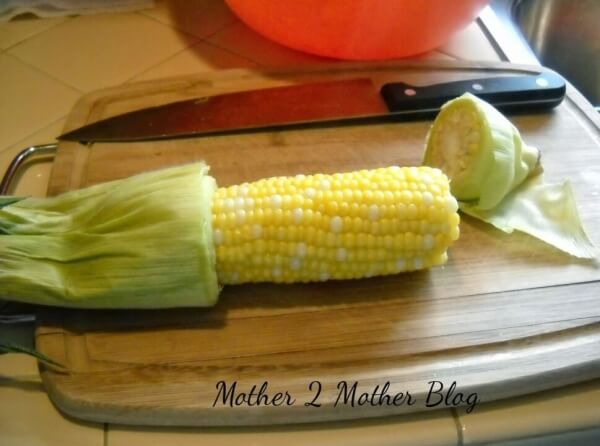
Step 4 – Squeeze the corn through the husk from the top, silk end. The corn should slide out of the husk virtually silk free.
It’s the easy way to shuck corn. I packaged 4 quarts today and will probably put up another 4 quarts later in the week. Try purchasing fresh corn from a local farmer, it is good. I had to stop myself from eating it so I could have enough for the freezer. Fried corn with a little butter and red peppers is yummy! It’s kid approved, my grandchildren love it.
If you’re a preserver or need to better utilize your time preparing dinner, this is the way to go. You may also like How To Freeze Corn. What’s your favorite dish using corn?
